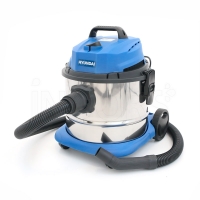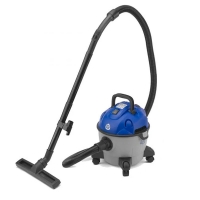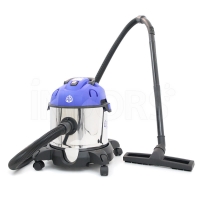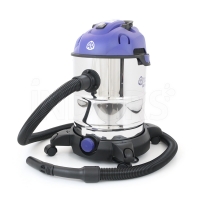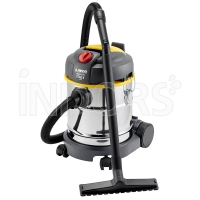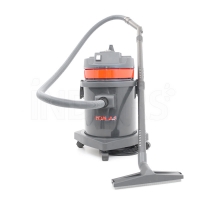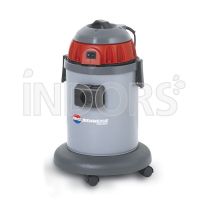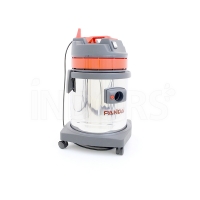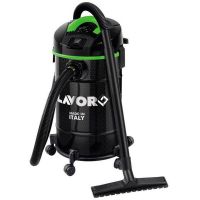
Lavor CF 30 EM
Vacuum cleaner with tool socket
230V - 1.4 kW
35 L/s - 30 L
Socket Power Tools
35 L/s - 30 L
Socket Power Tools
€105.90

Hyundai 45030
Aspirasolids-Aspiraliquidi of 30 le stainless steel body
230 V - 1200 W
20 Kpa - 30 L
Blower function
20 Kpa - 30 L
Blower function
€112.90
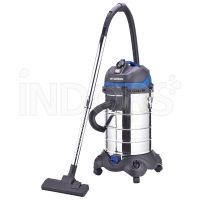
Hyundai 45031
30 l vacuum cleaner
power tool socket
230 V - 1200 W
20 Kpa - 30 L
Blower function - Power tool socket
20 Kpa - 30 L
Blower function - Power tool socket
€132.90
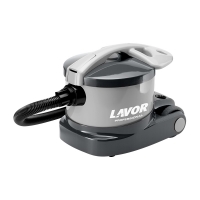
Lavor Whisper V8
Compact Vacuum Cleaner
230V - 800 W
44 L/s - 15 L
44 L/s - 15 L
Price on Request
description Quotation Request

Karcher NT 22/1 AP L
Dust and liquid aspirator with AP filter shaker
230V - 1,35 kW
71 L/s - 22 L
Filter Class L
71 L/s - 22 L
Filter Class L
€199.90

IPC GS 1/18 W&D
Wet and dry vacuum cleaner
230V - 1,3 kW
56 L/s - 18 L
56 L/s - 18 L
Price on Request
description Quotation Request

IPC GS 1/33 HEPA ISO5
Dangerous Dust Extractor
230V - 1.3 kW
58 L / s - 33 L
Filter Class H (asbestos)
58 L / s - 33 L
Filter Class H (asbestos)
Price on Request
description Quotation Request

IPC GS 1/33 W&D
Liquid Solids Aspirator
230V - 1,3 kW
56 L/s - 33 L
56 L/s - 33 L
Price on Request
description Quotation Request

Karcher NT 38/1 Me Classic Edition
Liquid Aspirator
230V - 1.10 kW - 59 L / s
Vacuum Solids / Liquids - 38 l
38x36,5x69 cm - 8,5 Kg
Vacuum Solids / Liquids - 38 l
38x36,5x69 cm - 8,5 Kg
€239.90

Hyundai 45038
Vacuum Cleaner 38 L
230 V - 1400 W
17 Kpa - 38 L
2 Water Tanks - Motor 2 Fans
Prepared for sander
17 Kpa - 38 L
2 Water Tanks - Motor 2 Fans
Prepared for sander
€190.90

Karcher NT 30/1 Me Classic Professional
Wet & dry vacuum cleaner
230V - 1,5 kW - 59 L / s
Vacuum Solids / Liquids - 30 l
37,5x36x64,5 cm - 8 Kg
Vacuum Solids / Liquids - 30 l
37,5x36x64,5 cm - 8 Kg
€209.00
Back to top

